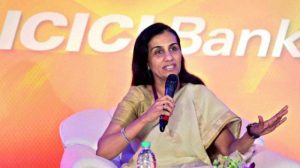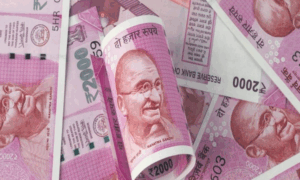
File Picture Courtesy: Deccan Chronicle
India banking sector is passing through a tough time after the Videocon Loan Row, the Nirav Modi Fiasco and swallowing Non-Performing Assets (NPAs). All of these episodes are eroding the credibility in India and the rest of world. Another important is issues is fragile corporate governance in India. In this backdrop, questions on the loan recovery by banks are highly desirable. On being asked about the loan recoverability of banks, Shiv Pratap Shukla, Minister of State for Finance stated in a written reply to a question in Lok Sabha recently.
As per Reserve Bank of India (RBI) guidelines, banks are to have a loan recovery policy, prepared and duly vetted by their boards. A number of mechanisms are available to banks to effect recoveries, such as filing of a suit in Civil courts or in Debts Recovery Tribunals and action under the Securitisation and Reconstruction of Financial Assets and Enforcement of Security Interest Act. In addition, the Insolvency and Bankruptcy Code, 2016 has been enacted for time-bound resolution of stressed assets. Further, the Banking Regulation Act, 1949 has been amended to provide for authorisation by the Government to RBI, for issuing directions to banks to initiate the insolvency resolution process under the Code, and in pursuance of such directions, banks have filed applications in case of severs/large credit exposures before the National Company Law Tribunal. Further, keeping in view the enactment of the Code, RBI has recently issued a Revised Framework for Resolution of Stressed Assets, which provides for time-bound resolution of high-value stressed accounts.
As per data reported by PSBs, 1,77,614 properties have been attached and auctioned by them and an amount of Rs. 15,196 crore has been recovered during the financial years 2014-15 to 2017-18 (till 31.12.2017).
As per RBI data on global operations, as on 31.12.2017, the details of Gross Loans and Advances of Scheduled Commercial Banks, are given below.
Gross Loans and Advances of Scheduled Commercial Banks, as on 31.12.2017:


















